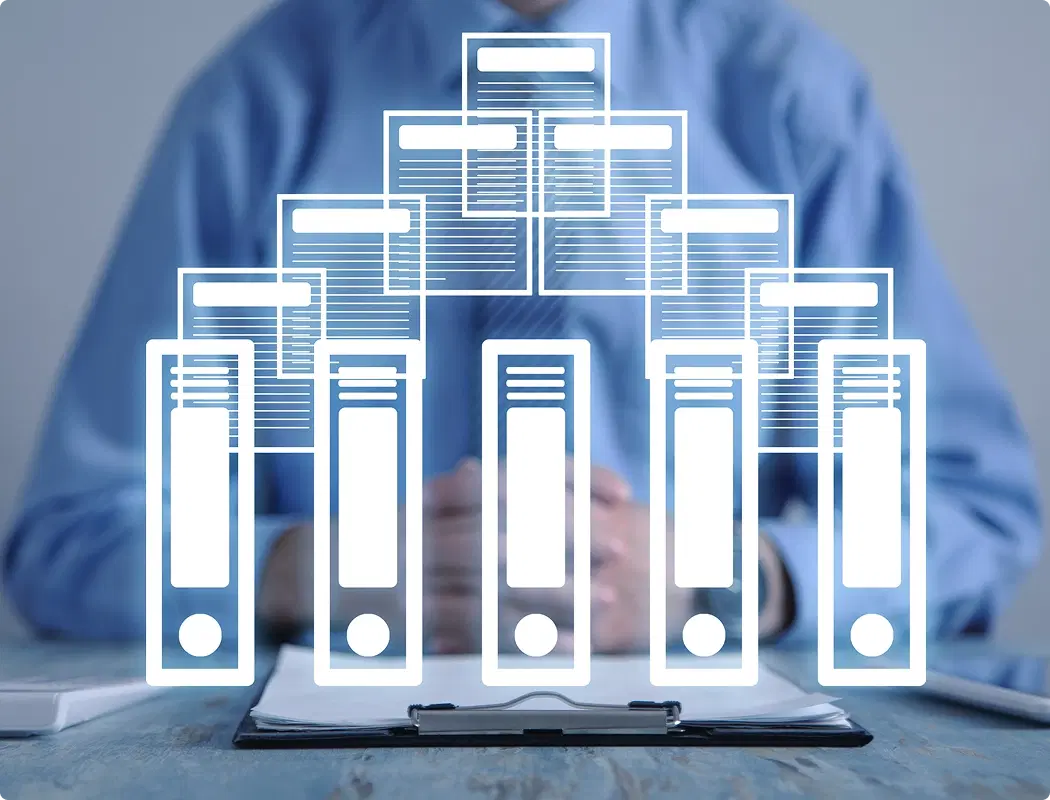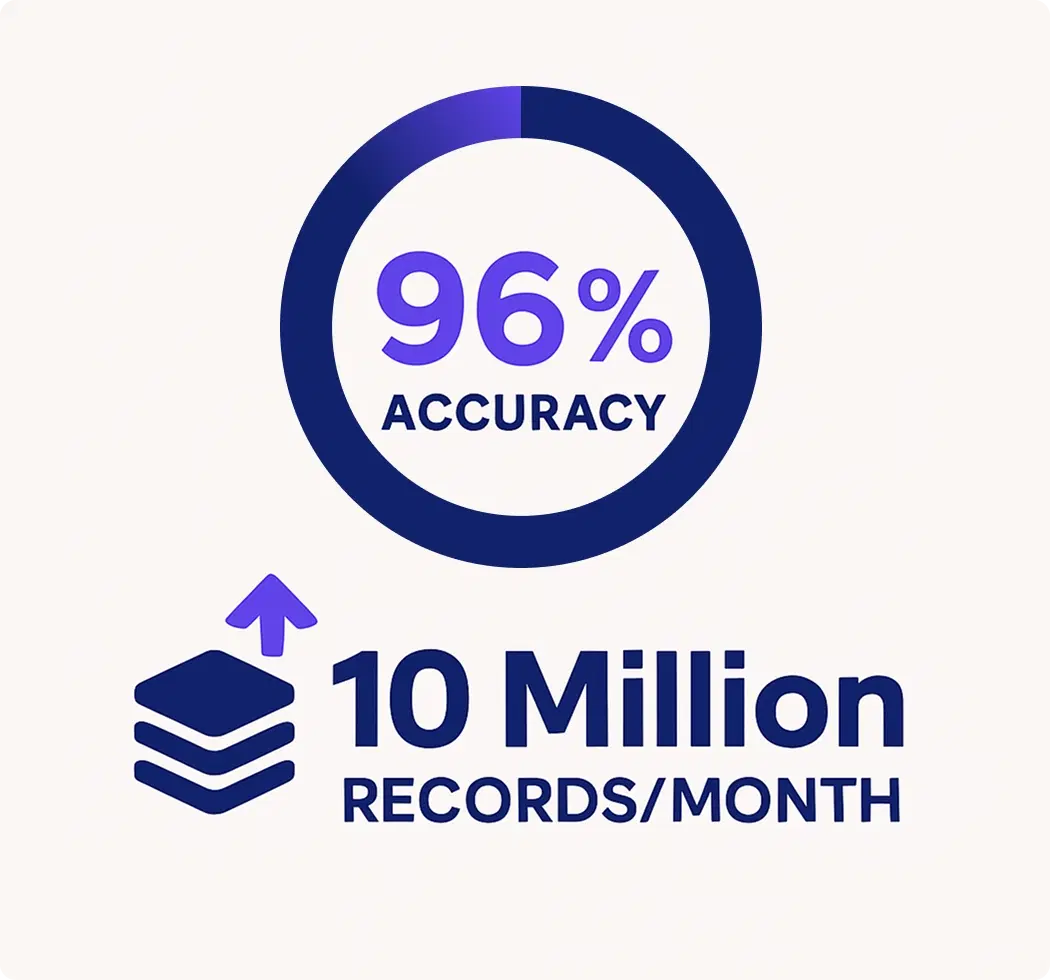Scalable, Cost-Effective Message Intelligence for a High-Volume Fintech Platform

Client Overview
The Challenge
Every day, the client’s platform was flooded with tens of thousands of updates from automated systems and field agents, ranging from vehicle recovery progress to compliance checks. Each update could trigger critical next steps, making accurate classification essential.
But manually processing this volume? Impossible. And traditional automation methods weren’t scalable enough. The client needed an intelligent system to classify these messages in real-time, with high accuracy and low cost, while handling over 200 subtly different labels.

Key Constraints
200+ Fine-Grained Labels: Many updates looked similar on the surface but had distinct meanings, making the classification task highly nuanced.
Imbalanced Data: Some labels had ample examples, while others were rare, leading to inconsistent model performance across categories.
Precision Was Non-Negotiable: Even small misclassifications could result in delayed actions or compliance risks.
Cost at Scale: Processing millions of updates meant that using LLMs indiscriminately would burn through the budget fast.


Our Approach
We built a hybrid classification framework—balancing cost-efficiency with performance through a combination of smart rules, classic NLP, and LLMs applied with precision.
Rule-Based & NLP Classification: We used regex patterns, keyword-based rules, and NLP features to handle the majority of updates, ensuring fast, cost-effective classification for high-confidence cases.
Pattern Discovery via Clustering: Using syntactic similarity and BERT embeddings, we grouped similar updates to discover common structures and identify where rule-based methods would be most effective.
Multi-Feature Analysis: We discovered that metadata and contextual features (beyond the message text itself) could strengthen classification accuracy, so we built feature-enriched models for deeper insights.
Selective LLM Deployment: Only the trickiest 10–15% of messages—those with complex phrasing or semantic ambiguity were routed through few-shot LLM prompts. This preserved accuracy without inflating costs.
LLM Output Evaluation: To ensure consistency, we analyzed LLM-generated classifications using semantic embedding clusters, validating that similar updates were consistently understood, even when phrased differently.
The Outcome
Millions of messages processed monthly, with near-zero human involvement
Real-time classification with high precision across 200+ labels
Significant reduction in communication delays and manual overhead
System scaled seamlessly to meet growing message volume without infrastructure strain
Strategic use of LLMs cuts costs while preserving performance

What Made This Work
The Power of Hybrid Thinking: No single tool solved the problem; combining rule-based logic, NLP, clustering, and LLMs was the winning formula.
Smart Doesn’t Have to Mean Expensive: LLMs were used surgically, not excessively. The result? Better ROI without compromising quality.
Data Exploration = Smarter Design: Our deep EDA unearthed valuable patterns and overlooked features, supercharging both rule sets and model training.

Need to make sense of massive, messy communication streams? We design intelligent, scalable AI systems that bring structure to chaos without breaking the bank.
Let’s talk.CASE STUDIES











